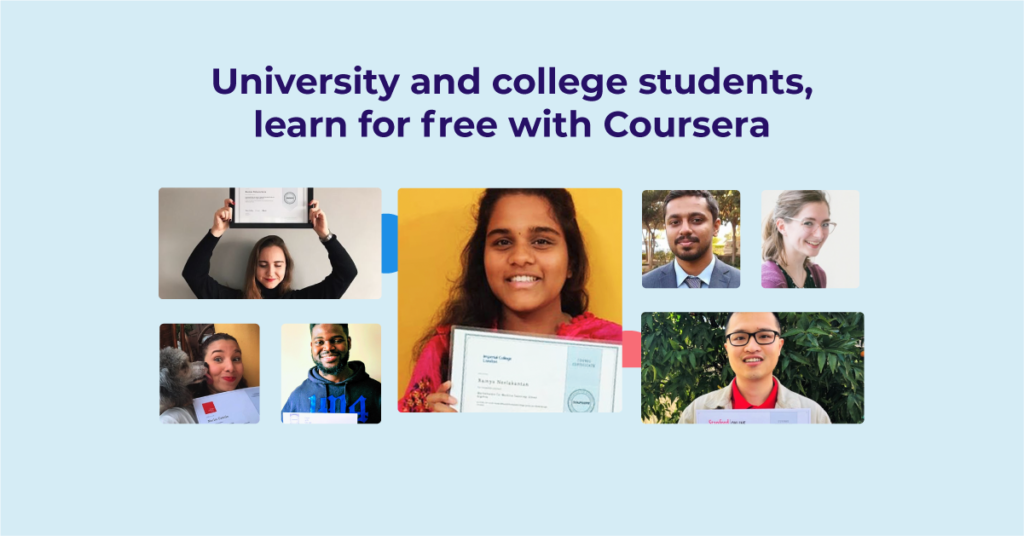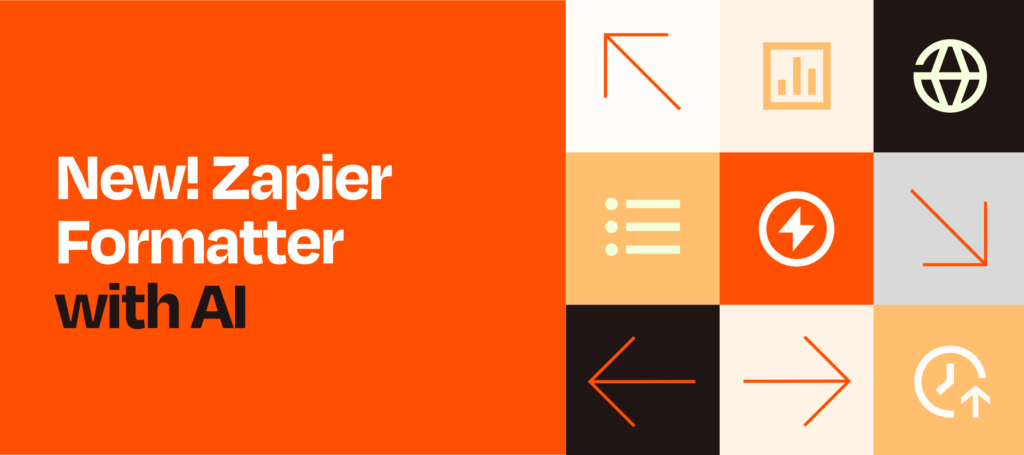Building Online Learning Platforms: Empowering Education Through Apps
Online learning platforms have revolutionized education.
ContentsBuilding Online Learning Platforms: Empowering Education Through Apps Types of E-Learning Platforms1. eLearning Marketplaces (Online Learning Platforms)2. Language-Learning Apps3. Certification Platforms4. Live Classes AppsMust-Have Features for Your AppBuilding Your App: No-Code SolutionsFrequently Asked Questions (FAQs)1. What qualifications do I need to create an online learning platform?2. How can I ensure the quality of courses on my e-learning platform?3. What pricing model should I choose for my e-learning platform?4. How do I market my online learning platform?5. What technology stack should I use for app development?6. How can I handle user data privacy and security?7. How do I engage learners and reduce drop-off rates?8. What trends should I watch out for in the e-learning industry?ConclusionBrijesh Arya
In this blog we are explaining about online learning platforms, Online learning platforms have revolutionized education. Whether you’re a student seeking to enhance your skills or an entrepreneur aiming to create a successful e-learning business, the power of technology can help you achieve your goals. In this blog, we’ll explore the world of online learning platforms and discuss how you can build your own app to empower learners worldwide.
Types of E-Learning Platforms
1. eLearning Marketplaces (Online Learning Platforms)
- What Are They?: These platforms connect educators (course creators) with learners. Think of them as the Amazon of education, where instructors sell their courses.
- Examples: Udemy, Coursera, edX
- Your Opportunity: Create your own e-learning marketplace where educators can offer courses, and learners can explore and purchase them.
2. Language-Learning Apps
- Why They Matter: Globalization has increased the demand for language training. Language-learning apps cater to multilingualism.
- Inspiration: Apps like Duolingohave disrupted language education. You can build a similar platform to help learners master new languages.
3. Certification Platforms
- The Need: Universities and institutions want to sell their courses and certifications online.
- Model After: Courserais a prime example. Create a platform where learners earn recognized certifications.
4. Live Classes Apps
- The Shift: Many universities and schools have moved from offline to online education. Live classes allow real-time interaction.
Show Your Skills: Build an app that enables educators to teach students virtually.

Must-Have Features for Your App
- User-Friendly Interface (UI):
- Intuitive navigation and visually appealing design.
- Seamless interaction for both educators and learners.
- Robust User Experience (UX):
- Smooth course enrollment and progress tracking.
- Personalization options for learners.
- Course Management Tools:
- Educators should easily create and manage courses.
- Learners need progress tracking and completion certificates.
- Secure Payment Gateways:
- Enable seamless transactions for course purchases.
- Build trust with secure payment options.
- Community Features:
- Discussion forums, chat rooms, and peer interaction.
- Foster a sense of belonging among learners.
- Mobile Responsiveness:
- Ensure your app works flawlessly on mobile devices.
- Most learners access content via smart phones.

Building Your App: No-Code Solutions
Creating an app doesn’t require coding skills anymore. Tools like Builder.ai empower you to build online learning platforms without writing code. Here’s how:
- Builder Now (Instant App Prototype):
- Visualize your app idea within minutes.
- Test your concept and iterate quickly.
- Builder Studio (No-Code App Builder):
- Design, customize, and deploy your app.
Be smart and Save time and development costs.
Learn More about Why Python is still the top choice among all programming languages

Frequently Asked Questions (FAQs)
1. What qualifications do I need to create an online learning platform?
Creating an online learning platform doesn’t require specific qualifications. However, having knowledge of education, technology, and user experience (UX) design can be beneficial. Passion, creativity, and a willingness to learn are essential.
2. How can I ensure the quality of courses on my e-learning platform?
Quality assurance is crucial. Consider the following steps:
- Vet Educators: Verify the credentials and expertise of course creators.
- User Reviews: Allow learners to rate and review courses.
- Content Guidelines: Set clear guidelines for course content quality.
3. What pricing model should I choose for my e-learning platform?
Several models exist:
- Subscription: Monthly or yearly access to all courses.
- Pay-Per-Course: Learners pay for individual courses.
- Freemium: Basic content is free, but premium features require payment.
4. How do I market my online learning platform?
Marketing is essential for success:
- Social Media: Leverage platforms like Instagram, LinkedIn, and Twitter.
- Content Marketing: Write blogs, create videos, and share success stories.
- Affiliate Programs: Partner with influencers and educators.
5. What technology stack should I use for app development?
Choose technologies based on scalability, security, and user experience:
- Front-End: React, Angular, or Vue.js.
- Back-End: Node.js, Python, or Ruby on Rails.
- Database: MySQL, PostgreSQL, or MongoDB.
6. How can I handle user data privacy and security?
Prioritize data protection:
- GDPR Compliance: Understand and adhere to data privacy regulations.
- Secure Authentication: Implement secure login mechanisms.
- Encryption: Encrypt sensitive data during transmission and storage.
7. How do I engage learners and reduce drop-off rates?
Engagement is key:
- Gamification: Add badges, leaderboards, and rewards.
- Interactive Content: Quizzes, discussions, and live sessions.
- Personalization: Recommend relevant courses based on user preferences.
8. What trends should I watch out for in the e-learning industry?
Stay updated:
- Microlearning: Bite-sized lessons for busy learners.
- AI and Chatbots: Personalized learning experiences.
- Virtual Reality (VR): Immersive training environments.
Remember, building an online learning platform is not just about technology—it’s about empowering learners and shaping the future of education.
Learn More about Why Python is still the top choice among all programming languages
Conclusion
Online learning platforms are shaping the future of education. Whether you’re passionate about language learning, certification courses, or live classes, there’s room for innovation. So, grab your idea, explore no-code solutions, and contribute to the global learning ecosystem. Let’s build a smarter, more connected world—one app at a time!
References:



























